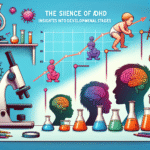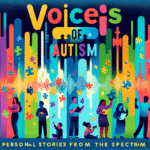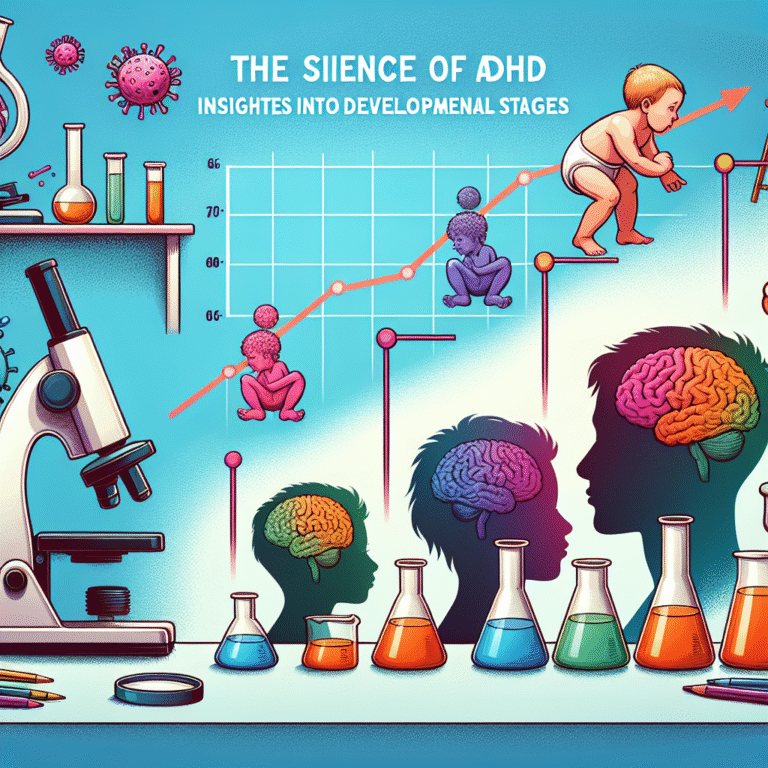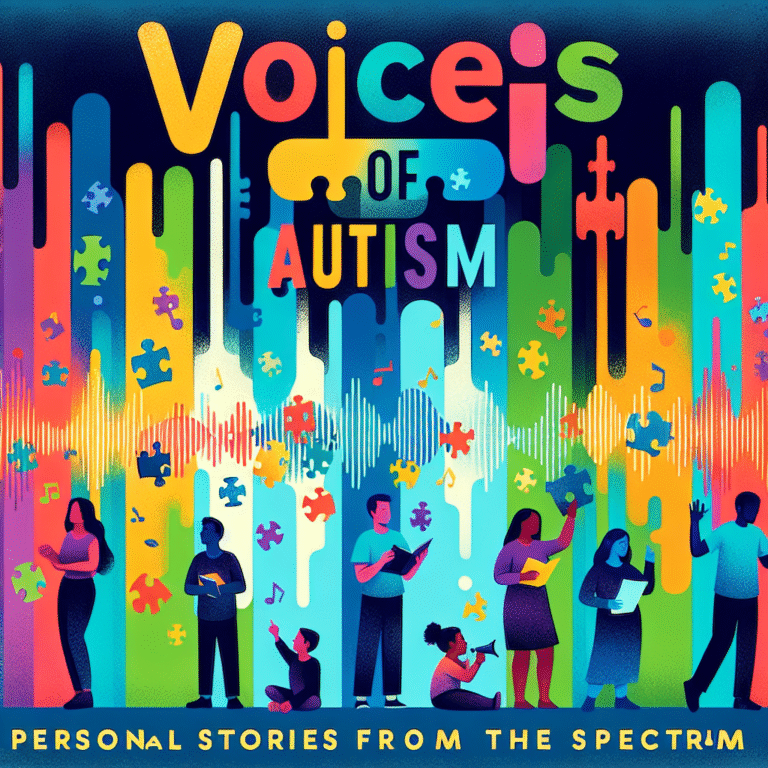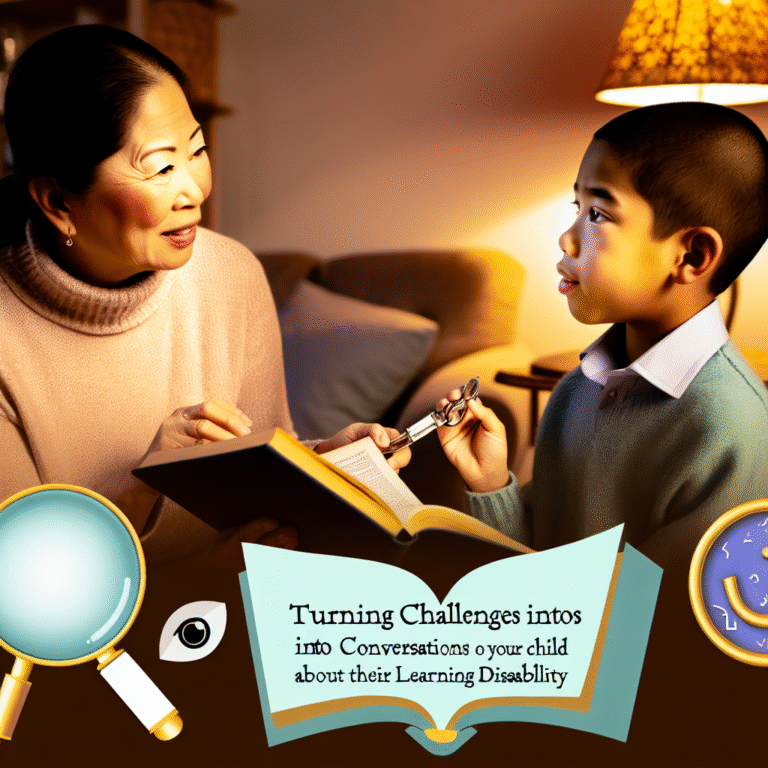
Introduction
Imagine standing at the edge of a turbulent sea, waves crashing against the shore, embodying the chaos of your emotions. Now, think about mastering the art of surfing those waves instead of getting swept away. This powerful analogy encapsulates the essence of "Mastering Your Emotions: A Guide to Emotional Regulation Techniques." In today’s fast-paced world, where emotions often run high, the ability to regulate them is not just beneficial—it’s essential. Understanding and mastering our emotions can lead to improved mental health, better relationships, and enhanced decision-making. This article provides you with actionable strategies to achieve emotional regulation, ensuring you not only survive the storm but thrive in it.
The Power of Emotional Regulation
Emotional regulation refers to the process of influencing which emotions we have, when we have them, and how we experience and express these emotions. Mastering your emotions isn’t about suppressing or denying feelings; it’s about recognizing them, understanding their underlying causes, and responding in a healthy manner.
The Importance of Emotional Regulation
Enhanced Well-being: Emotional regulation can significantly reduce symptoms of anxiety and depression, leading to a more positive outlook on life.
Better Relationships: By mastering your emotions, you can communicate more effectively, resolve conflicts peacefully, and connect more deeply with others.
- Improved Decision-Making: Emotional responses can cloud judgment. Regulating emotions allows for clearer thinking and more rational decisions.
Case Study: Sarah’s Journey to Emotional Mastery
Sarah is a 32-year-old marketing executive who often felt overwhelmed by stress. Her anxiety peaked during important presentations, significantly impacting her career. By learning emotional regulation techniques, such as mindfulness and cognitive restructuring, Sarah was able to manage her anxiety. Pre-presentation, she practiced deep breathing and visualizing success, transforming her nerves into excitement. This change not only improved her performance but also enhanced her overall confidence.
Understanding Your Emotions
Before you can begin to master your emotions, it’s essential to understand them. Emotions are signals that can guide your actions and decisions.
Emotional Awareness: Recognizing and labeling your emotions is the first step. Journaling can help you identify triggers and patterns associated with your emotions.
- The Role of Emotional Triggers: Identify what specific events, people, or situations elicit strong emotional responses.
Techniques for Emotional Regulation
Here are some proven techniques for mastering your emotions effectively.
1. Mindfulness Meditation
Mindfulness involves paying attention to the present moment without judgment.
How to Practice: Start with five minutes a day, focusing on your breath. Gradually extend the time.
- Benefits: Research shows mindfulness can reduce emotional reactivity and increase self-awareness.
Table 1: Benefits of Mindfulness Meditation
| Benefit | Impact on Emotions |
|---|---|
| Reduces anxiety | Less emotional overwhelm |
| Improves focus | Better decision-making |
| Enhances self-awareness | Recognize emotional triggers |
2. Cognitive Behavioral Techniques
Cognitive Behavioral Therapy (CBT) techniques can help reframe negative thought patterns.
Practice: Challenge negative thoughts by asking, “Is this thought based on facts?”
- Outcome: Replacing unhelpful thoughts with balanced ones fosters emotional resilience.
Case Study: John’s Cognitive Shift
John, a 25-year-old student, often spiral into negative thoughts during exams, believing he would fail. Using CBT techniques, he learned to challenge his thoughts. Instead of "I’m going to fail," he replaced it with "I studied hard, and I can do my best." This shift not only calmed his anxiety but improved his exam performance.
3. Journaling
Writing about your emotions can provide clarity and improve your emotional intelligence.
Technique: Dedicate time each day to write about your feelings and experiences.
- Benefits: Journaling helps to process emotions, leading to better understanding and regulation.
The Role of Physical Activity
Physical activity is a powerful tool for emotional regulation.
4. Exercise
Engaging in regular physical activity can boost mood and reduce stress.
Types of Activity: Find what you enjoy—running, yoga, dancing.
- Impact: Exercise releases endorphins, the body’s natural mood lifters.
Chart 1: Emotional Benefits of Exercise
| Type of Physical Activity | Emotional Effect |
|---|---|
| Cardiovascular Exercise | Reduces symptoms of depression |
| Yoga and Stretching | Promotes relaxation and reduces anxiety |
| Team Sports | Enhances social connections |
Social Support as a Regulatory Tool
Never underestimate the power of your social circle in emotional regulation.
5. Reach Out
Building and maintaining a support system can alleviate emotional struggles.
How to Build: Engage in meaningful conversations, seek out community events, or reconnect with old friends.
- Result: Sharing your feelings with trusted individuals provides relief and different perspectives.
Setting Boundaries
Learning to say ‘no’ is a crucial part of mastering your emotions.
6. Practice Assertiveness
Establishing boundaries ensures you are not overwhelmed by others’ emotional demands.
How to Practice: Use “I” statements to express your feelings and needs clearly.
- Benefit: Assertiveness fosters healthier relationships and reduces resentment.
Conclusion
Mastering your emotions is not a destination but a journey. With the right emotional regulation techniques, you can navigate life’s ups and downs with grace and resilience. By taking the time to understand your feelings and implementing strategies such as mindfulness, CBT, and physical activity, you can transform your emotional landscape. Remember, it’s about progress, not perfection.
FAQs
1. What are the first steps to start regulating my emotions?
Begin with emotional awareness—identify and label your feelings. Mindfulness practices can help you become more attuned to your emotional state.
2. How long does it take to see improvement in emotional regulation?
The timeline varies for individuals. Regular practice of techniques such as mindfulness and CBT can lead to noticeable improvements within a few weeks.
3. Can emotional regulation help with physical health?
Yes, emotional regulation can reduce stress, which in turn lowers health risks such as hypertension and heart disease.
4. What if I struggle to implement these techniques?
Start small. Choose one technique that resonates with you and practice it consistently. Seeking guidance from a professional can also be beneficial.
5. Are these techniques relevant for all age groups?
Absolutely! Emotional regulation techniques are beneficial for individuals of all ages, from children to older adults.
In your journey of "Mastering Your Emotions: A Guide to Emotional Regulation Techniques," remember that every emotional wave can be surfed with the right tools and mindfulness. With dedication and practice, you can achieve emotional mastery and significantly enrich your life.
